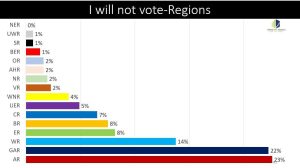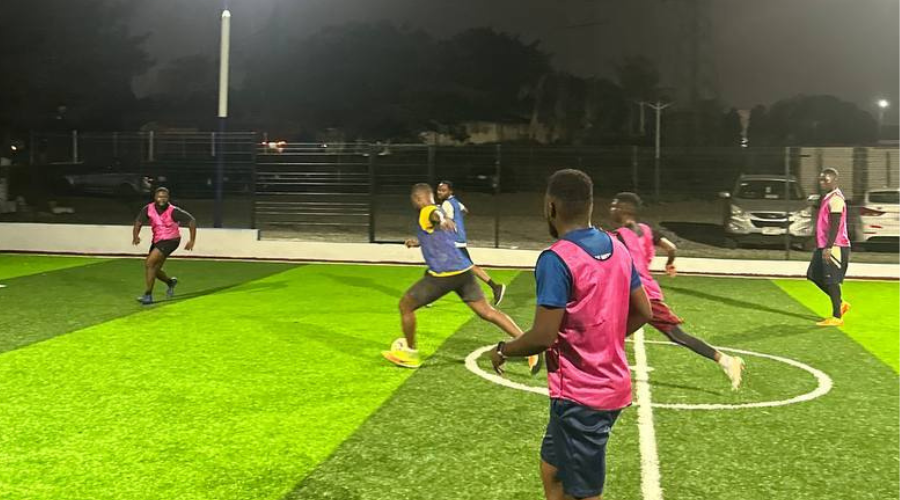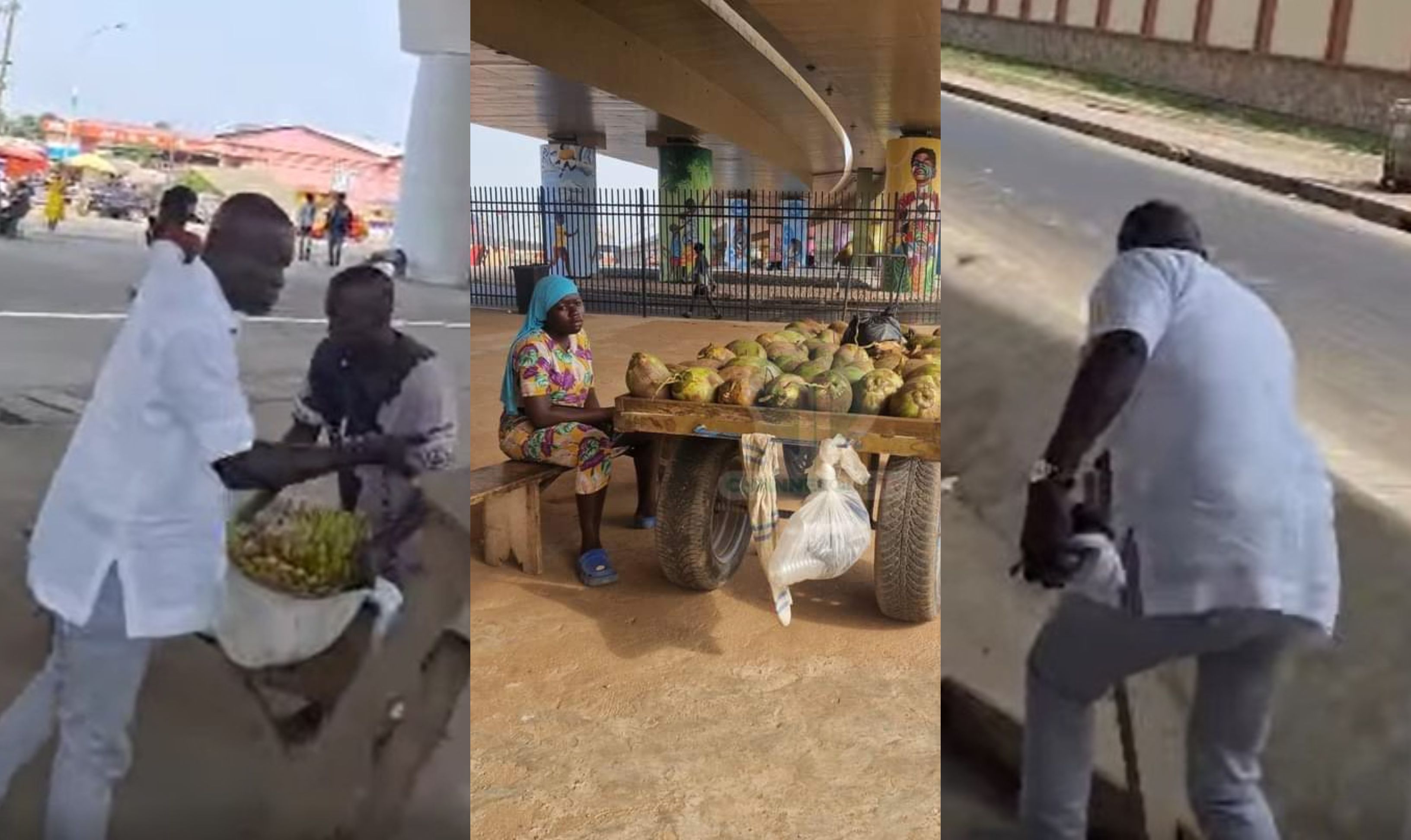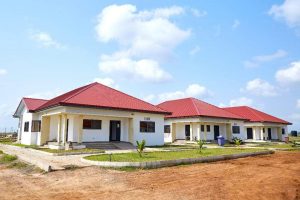
The Kumasi Metropolis has topped the Ashanti regional HIV prevalence rate, taking over from the mining town of Obuasi, which has over the years, been topping the region.
The metropolis' prevalence rate moved from 2.8 per cent in 2015 to 3.4 per cent in 2016, thus making Kumasi, the third town in the country with high HIV prevalence rate.
Dissemination
Addressing the regional dissemination workshop in Kumasi, the Regional Technical Coordinator of the Ghana AIDS Commission (GAC), Ms Olivia Graham, attributed the rise in the prevalence rate in Kumasi to the low condom use and risky life styles by the people.
She said other factors were the elaborate funerals and the fact that the town has high commercial activities and host a lot of people.
She said the region has been using four sentinel sites over the years and these are Obuasi, Kumasi, Mampong and Amansie West.
According to her, Obuasi's prevalence rate might have been reduced as a result of the closure of the Obuasi Mine, which has reduced the vibrancy of the town.
Intervention
She said although the region has recorded a drop in its prevalence rate over the years, the trend seemed to be reversing and there was the need to step up effort to stabilise the gains made and improve on them.
Currently, the regional HIV prevalence rate stands at 2.6, almost at par with Eastern Region with the same rate as Volta and Brong Ahafo regions which have the national highest rate of 2.6 per cent.
According to Ms Graham, there was the need to promote the correct and constant use of condoms among the sexually active members of the population and also increase education on the menace of the epidemic through peer education.
Related: Man, 32, Hacks Girlfriend For Refusing To Sleep In His House
Again, she said all members of the society should be included in all the interventions and also called for more collaboration between health professionals and herbalists.
She proposed that herbalists should be educated on the basic facts about HIV to be in a position to identify such patients and refer them to the health centres for attention.
Ms Graham explained that there had been instances where patients with infections were kept at these herbal centres and only brought to the health centres after their conditions had deteriorated and almost dead.
Director General
Dr Mokowa Blay Adu-Gyamfi, the Director General of the commission called on the support of all a successful implementation of the National Strategic Plan (NSP) 2016-2020 of the commission.
She said the country has adapted the UNAIDS 90-90-90 fast track treatment targets as the cornerstone for the NSP.
The 90-90-90 refers to getting 90 per cent of all people living with HIV to receive sustained antiretroviral therapy by 2020 and "90 per cent of all people receiving antiretroviral therapy will have viral suppression by 2020."
She thus called on all to support the commission in its effort to reduce the menace.
Read Full Story

















Facebook
Twitter
Pinterest
Instagram
Google+
YouTube
LinkedIn
RSS